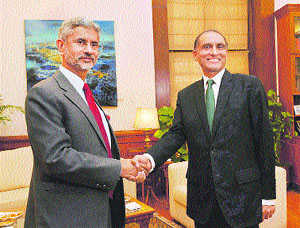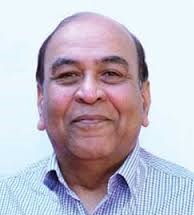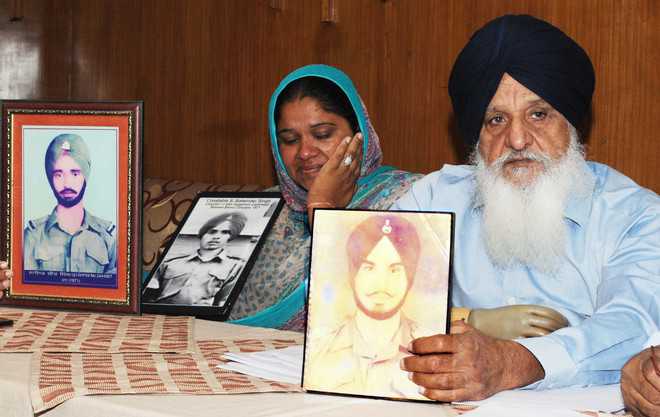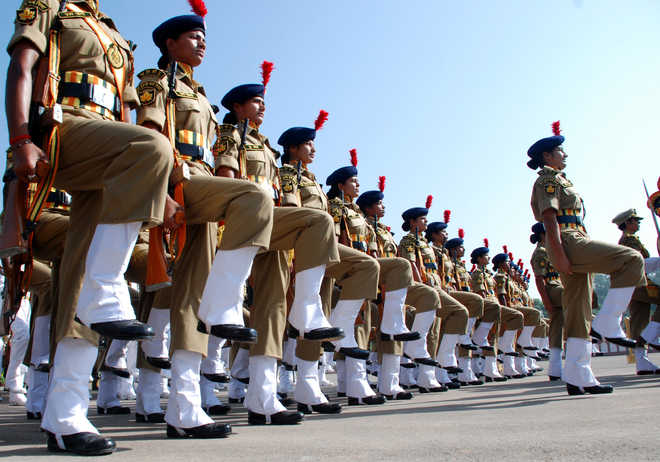
The Pakistan army continues to control that country’s India policy
In the first two years of his term Prime Minister Narendra Modi has devoted time, energy and attention to the conduct of foreign policy. He has sought to enlarge India’s influence through frequent interaction with his global peers in bilateral meetings. Modi’s participation in international and multilateral conferences has conveyed the country’s position in impressive, though pragmatic, interventions. In this largely successful canvas there is a one major dark spot: utter confusion that has prevailed in the pursuit of the nation’s Pakistan policy.The stated premise of Modi’s Pakistan policy was recently reiterated by him in a written response to the Wall Street Journal. He said, inter alia, “There can be no compromise on terrorism. It can only be stopped when all support to terrorism, whether state or non-state, is completely stopped. Pakistan’s failure to take effective action in punishing the perpetrators of terrorist attacks limits the forward movement in our ties.”“In my view, our ties can truly scale great heights once Pakistan removes the self-imposed obstacle of terrorism in the path of our relationship. We are ready to take the first step, but the path of peace is a two-way street.”There can be no quarrel with this position or the principle contained in Modi’s comment. These have been the stated policy of all governments since Pakistan made the use of terror an essential ingredient of its security approach to India. The problem lies not in the enunciated principle and position but in not following them. It is also in compromising with their obvious logic in the country’s diplomacy towards Pakistan. While diplomacy has to retain, at all times, a measure of flexibility, abrupt U-turns, somersaults or verbal contortions do not constitute the stuff of flexibility. This is especially so when there are no objective reasons to indicate a change in the prevailing realities of a relationship or the regional or international context.The objective reality is that the Pakistan army continues to control that country’s India policy. The elected leadership, including the Prime Minister, has little capacity to change its thinking. If it had, Pakistan would have agreed to begin a process of cooperative interaction with India, including in the areas of trade and connectivity. None of that has taken place and yet Modi, like his predecessors, proceeded to follow a “flexible” approach. The Generals have remained unmoved and through their actions have demonstrated so. Yet Modi has ignored all that and gone “forwards and backwards”. How has that process unfolded in the past two years?Modi invited Prime Minister Nawaz Sharif to his swearing-in ceremony in May 2014. Nawaz Sharif, ignoring the reservations of the Generals, came to Delhi. The two Prime Ministers decided that the Foreign Secretaries would meet to consider how to take the relationship forward. The Generals reacted to Nawaz Sharif’s decision to visit Delhi by sponsoring an attack on the Indian Consulate-General in Herat, Afghanistan, just before Modi assuming office. The bravery of the ITBP security detachment prevented a major disaster. This was the Generals’ signal to both Prime Ministers: they should not be ignored.Just before the then Foreign Secretary Sujatha Singh was to travel to Pakistan in August 2014, the Pakistan High Commissioner in Delhi met the Hurriyat leadership despite the last-minute warning from the Indian side. Modi rightly called off the visit on the ground that, irrespective of India looking the other way in the past, it would no longer accept the projection of the Hurriyat as a party in the Jammu and Kashmir issue. A red line was correctly drawn but such an approach requires patience and perseverance.A month later at the UN Modi signalled to Pakistan that all issues had to be settled bilaterally and terrorism had to be abandoned. Again these were words in keeping with India’s basic approach. However, while the Generals showed no change, Modi sent Foreign Secretary Jaishankar to Islamabad in March 2015 to explore ways to take the relationship forward. In July 2015 Modi met Nawaz Sharif in Ufa, Russia. They decided that bilateral interaction should begin and the two National Security Advisers should meet in Delhi to discuss all aspects of terror. Jammu and Kashmir found no mention in the Ufa joint statement. This angered the Generals who insisted that discussions should not be only on terror and that Pakistan would not accept a veto on the meeting with the Hurriyat in Delhi. The visit of the Pakistani NSA was called off and strong words were exchanged. Soon afterwards Pakistan appointed a retired and well-regarded General, Nasser Janjua, as its NSA. For some inexplicable reason Indian policy-makers construed Janjua’s appointment as an indication of the army changing course and wanting to improve relations with India. There was simply no evidence of the Generals of wanting to do so.It was this assessment that led to the activity of December 2015 when the Ufa decisions were set aside and the NSAs, accompanied by the Foreign Secretaries, met in Bangkok. This was immediately followed by External Affairs Minister Sushma Swaraj going to Islamabad to attend the Heart of Asia conference on Afghanistan. On its sidelines, India and Pakistan decided to begin a Comprehensive Bilateral Dialogue Process with a meeting of the two Foreign Secretaries to work out its modalities.On the Christmas day Modi made a stop-over visit to Lahore to meet Nawaz Sharif. This was a flamboyant gesture of goodwill but that aspect escaped the Generals who brushed it aside not only as of no enduring value to bilateral ties but also one that required a reminder that they are the bosses in Pakistan. The Pathankot attack followed and despite the brave front, Modi was severely embarrassed. In Pathankot’s immediate aftermath an effort was made to save the Modi initiative by projecting that Pakistan was serious in investigating the Pathankot conspiracy. Special emphasis was given to the visit of the JIT. Even while it was in India the Generals responded by levelling charges of espionage and terrorism against retired naval officer Kulbhushan Jadhav, and worse, sought to target the Indian NSA in this concoction.Thus the Generals’ hostility towards India remains single-minded and abiding. However, Modi’s response has been vacillating like that of his predecessors. Besides, Pakistani terrorism is not considered a strategic challenge by the Indian political and strategic establishment. As long as Indian policy-makers continue with the present approach, the Generals will not change. The focus has to be on ensuring that the Generals modify their India policy. That will not be achieved either through hope or considering that the NIA’s visit — should it take place — will be the mark of a successful Pakistan policy. — The writer is a former Secretary, Ministry of External Affairs
































































